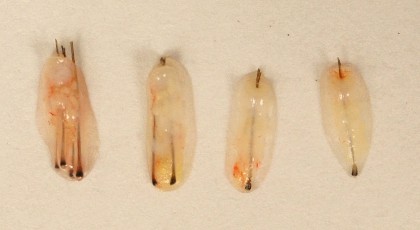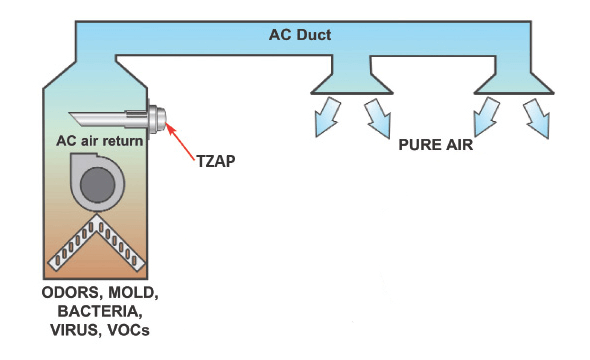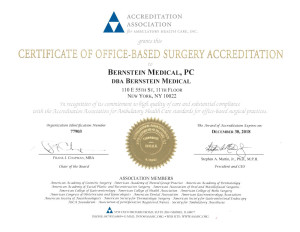Dr. Bernstein is quoted extensively in an article on robotic hair transplantation in the online magazine American Health & Beauty.
 ARTAS Robotic FUE Imaging System
ARTAS Robotic FUE Imaging System
Click for larger versionIn “ARTAS: A Faster and More Accurate Hair Transplant Using Robotics?” Dr. Bernstein explains the benefits of robotic FUE over traditional FUE hair transplant procedures. He describes how the new robotic device overcomes some important limitations of FUE when performed manually. To better understand the role of the new instrument, Dr. Bernstein simplifies the FUE procedure into four basic steps and discusses where the image-guided robotic system fits into this process.
Dr. Bernstein explains how the new technology enables the robotic device to preserve follicular units and minimize damage to grafts though its image-guided system.
“ARTAS allows us to do the FUE procedure with much less damage to the graft which means much healthier grafts. Grafted follicles extracted by ARTAS are not cut, which has been a problem with FUE, but the grafted follicular units are actually chunkier with more protective tissue around them, resulting in a better graft survival with the robotic FUE vs. doing FUE manually,” says Dr. Bernstein.

Follicular Unit Grafts Removed by
ARTAS Robotic System
Click for larger version
In addition to extracting grafts that have a higher chance of surviving the extraction and transplantation process, the article discusses the increased speed and accuracy of the automated procedure, as well as the safety mechanisms built into the robotic unit.
Always with an eye towards the future of hair transplantation, Dr. Bernstein predicts what he sees as an inevitable rise in the use of robotics in the field:
“I imagine that within a relatively short time, everybody will be offering the robot-assisted device when considering FUE procedures, because it’s just a better way of doing it: more accurate, quicker extraction and healthier grafts.”
The ARTAS System, developed by the California-based Restoration Robotics, Inc., will be available for FUE hair transplant procedures at Bernstein Medical – Center for Hair Restoration in November 2011.
Read the full version of the article.
You can read much more about the ARTAS System for FUE or Robotic FUE hair transplantation.
Posted by Robert M. Bernstein M.D. 









